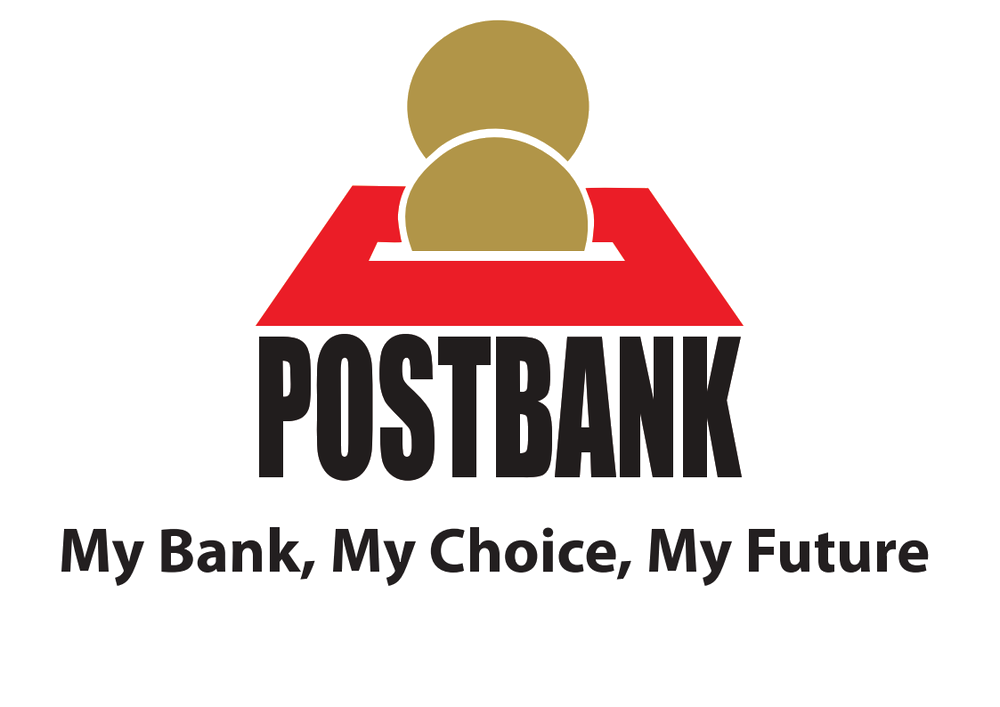ESBG fully supports regulatory initiatives aimed at fostering the uptake of nascent technologies and business models in Europe. ESBG encourages EU regulators to prioritise the following action points:
- Support for codes of conduct for all market participants on applications of new technologies in the financial sector
- Enhancing legal clarity through guidance at EU level for technologies and/or use cases
- Strengthening of existing European standardisation and specifications initiatives (e.g. in payments or in API developments)
- Supporting further initiatives like the European Institute of Innovation and Technology partner network that helps business and entrepreneurs be at the frontier of digital innovation by providing them with technology, talent and growth support
- Setting up and funding expert groups to define and implement nascent technology pilots.
- Funding experimentation on certain applications of new technologies in finance at European level to encourage the emergence of EU-wide businesses that would be able to compete with comparably sized peers from other jurisdictions.
- Cross-border coordination within the EU is fundamental to promote the scale-up of technological innovation and to prevent an unlevel playing field and regulatory arbitrage. Fragmentation (e.g. differences in regulatory requirement) is already limiting the potential of technological developments, which also affects the overall competitiveness of the EU.
- Establishing a framework for consent management to ensure that consumers have the correct tools to share and control their personal data.
Identified Concerns
New technologies are transforming financial services and the way they are accessed by consumers; this digital transformation is shaping the future of banking. ESBG believes that it is difficult to encourage innovation through regulation and that digitalisation efforts need to be market-driven, where the right conditions are set to ensure that European companies can become global champions, meeting the highest requirements for consumer protection and financial stability.
At the same time, ESBG is supportive of technology-neutral legislation that creates a level playing field and allows for offering digital services under sustainable business models that are beneficial to all stakeholders, and that will hence stimulate the digital transition.
The main obstacles to fully reaping the opportunities of innovative technologies in the European financial sector, as identified by ESBG, are the following:
- Regulatory and supervisory fragmentation. To mitigate fragmentation, there is need for harmonisation of the European regulatory and supervisory framework, particularly in the process of electronic identification. In fact, the identification requirements of European consumers in digital channels differ vastly between member states, especially due to the different interpretation, implementation and applications of, for instance, AML-requirements and PSD2 by both legislators and supervisors. This has created a fragmented and ineffective market environment across the EU. Something that hinders European citizens and corporations. However, when harmonizing identification requirements, care must be taken not to weaken money laundering and fraud prevention.
- Unlevel playing field. Currently there are differences in legal requirements between established financial institutions and new market entrants providing the same or similar services. The banking sector is mandated to operate with specific requirements which other market players are able to bypass as they avoid a banking licence – although they provide the same services. Significant risks are introduced in the financial ecosystem by the ability of FinTech companies to operate in a grey area, performing activities that need to be properly supervised. The principle of equal requirements for equal activities must apply.
- The regulatory link between privacy, data protection, and innovation is not always optimally balanced: the financial sector fully supports regulatory and supervisory authorities in relation to the approval and implementation of rules on privacy and data protection. However, this should not restrict the industry innovation capacity. The complex legal framework of consent management between PSD2 and GDPR might constitute an obstacle. If public authorities aim at supporting innovation from companies that hold (personal data of) thousands of clients, there needs to be a common ground on the terms of where innovation can be undertaken.
Concerning the relation between regulated entities and supervisors, ESBG has observed the following challenges:
- New digital players are born global, where their market reach goes beyond the mandate of EU financial authorities. In addition, they sometimes do not belong to a regulated industry, making their supervision complex.
- Supervisors lack the necessary resources and competences to implement new supervising processes, which include many technical questions and new products and services. There is also a lack of coordination between supervisors both within and across member states.
- Regulators and supervisors therefore need to move closer to the industry, taking instead a collaborative approach.
- All providers should be subject to the existing regulatory framework for financial services.
Regulation shall adapt to the specific service (payments, investment advice, etc.) and not the service provider (start-up, scale-up or incumbent).
Why Policymakers Should Act
The EU lags behind other jurisdictions in terms of capacity and competitiveness to innovate, scale-up and compete with non-European players. European banks oftentimes face difficulties in accessing platforms and technical interfaces of BigTech companies, which are increasingly entering the financial sector.
To avoid giving a competitive advantage to non-EU companies, European regulators should properly balance consumer interest when assessing the risks of both banks and BigTech companies. Even though this also depends on financial and economic factors, ESBG believes that a less rigid and time-consuming regulatory framework could help foster the competitiveness of European firms globally.
In order to ensure a future-proof regulatory framework that does not hamper innovation, consumer protection and financial stability, the general principle of “same activity and same risks should comply same rules and supervision”, as well as the broad principle of technology neutrality, need to be respected. The EU lags behind other jurisdictions in terms of capacity and competitiveness to innovate, scale up and compete with non-European players. European banks oftentimes face difficulties in accessing platforms and technical interfaces of BigTech companies, which are increasingly entering the financial sector.
Furthermore, Europe is currently facing an educational gap due to a lack of digital skills, both in terms of consumer awareness and lack of qualified workforce; this might limit the opportunities linked to harnessing the potential of technology. We strongly recommend promoting the digital literacy of citizens. Important skills for dealing with and understanding digitization and a consantly changing environment must be taught at school and beyond.
Background
The financial sector has historically been subject to high regulatory and supervisory requirements. Such requirements have had an overall positive impact on society and have helped the financial sector show resilience in response to the recent COVID-19 crisis. The pandemic crisis has also triggered an increase in customer demand for digital financial services, making regulatory frameworks for digitalisation even more important.
ESBG submitted a response to the European Commission consultation on digital finance in June 2020, aimed at seeking views on the possible measures needed to further enable innovative digital financial services in the EU. On 24 September 2020, the European Commission adopted a Digital Finance Package, consisting of a Digital Finance Strategy, a Retail Payments Strategy, legislative proposals for an EU regulatory framework on crypto-assets, and proposals for an EU regulatory framework on digital operational resilience. Non-European BigTech companies can also penetrate the European market via massive investment policies, exploiting the weakness of European positions and the absence of a major European player. By becoming digital platforms where financial products and services are distributed, acquired, advertised, etc., BigTech companies can play a significant role in the intermediation of financial products and services, without having to comply with financial regulation and rules governing incumbent financial institutions. This situation creates an imbalance in the level-playing field necessary to guaranteeing the “same activity creating the same risks should be regulated in the same way” principle.
BigTech companies are already present in the market for multiple financial products and services (e.g. payments, provision of consumer and SMEs credit), and that presence is expected to continue growing. Customer data is at the heart of their business model:
- customisation and anticipation of needs are at the heart of the success of BigTech companies: for this reason, their access to granular customer data and mastery of AI is key;Access to banking APIs is strategic;
- many BigTech companies have the necessary authorisations to exploit the opportunities opened up by the PSD2.
Non-European BigTech companies can also penetrate the European market via massive investment policies, exploiting the weakness of European positions and the absence of a major European player. By becoming digital platforms where financial products and services are distributed, acquired, advertised, etc., BigTech companies can play a significant role in the intermediation of financial products and services, without having to comply with financial regulation and rules governing incumbent financial institutions. This situation creates an imbalance in the level-playing field necessary to guaranteeing the “same activity creating the same risks should be regulated in the same way” principle.
related
European Banking Authority (EBA) on ESG risk management
The European Savings and Retail Banking Group (ESBG) submitted its response to the consultation launched by the European Banking Authority (EBA). ESBG insists on the need for consitency with CSRD and CSDDD, the addressees of this guideline should also
Enhancing Transparency in Bank Disclosures: ESBG delivers comprehensive response to the EBA’s Pillar 3 data hub consultation
On 14 December 2023, the European Banking Authority (EBA) published a discussion paper on the Pillar 3 data hub processes and its possible practical implications.
IASB Exposure Draft (ED) on Financial Instruments with Characteristics of Equity
On 29 November 2023, the International Accounting Standards Board (IASB) proposed amendments in an Exposure Draft to tackle challenges in financial reporting for instruments with both
ESBG’s response to the EFRAG Comment Letter on Financial Instruments with Characteristics of Equity
On 29 November 2023, the International Accounting Standards Board (IASB) proposed amendments in an Exposure Draft to tackle
ESBG advocates for increased clarity and streamlining of supervisory reporting requirements
On 14 March, ESBG submitted its response to the European Banking Authority (EBA) consultation on ITS amending Commission Implementation Regulation (EU) 2021/451 regarding supervisory reporting
WSBI-ESBG advocates for robust implementation of the BCBS Pillar 3 framework for climate-related financial risks
On 14 March, WSBI-ESBG submitted its response to the Basel Committee on Banking Supervision (BCBS) consultation on its Pillar 3 disclosure framework for climate-related financial risks
ESBG stresses the need for consistency and clarity in its Response to the SFDR Review Consultation
ESBG submitted its response to the European Commission’s consultation on the SFDR review, aiming to enhance transparency in sustainability-related disclosures within the financial services sector
ESBG response to the EBA’s consultation on Guidelines on preventing the abuse of funds and certain crypto-assets transfers for ML/TF
The guidelines on the “travel rule” delineate the actions that Payment Service Providers (PSPs), Intermediary PSPs
ESBG responds to the SRB consultation on the future MREL policy
The European Savings and Retail Banking Group (ESBG) submitted its response to the consultation launched by the Single Resolution Board (SRB) in December 2023 on the future of the Minimum Requirement for own funds
ESBG’s response to the Commission’s consultation on the GDPR
The primary EU legislation ensuring the fundamental right to data protection is the General Data Protection Regulation








































